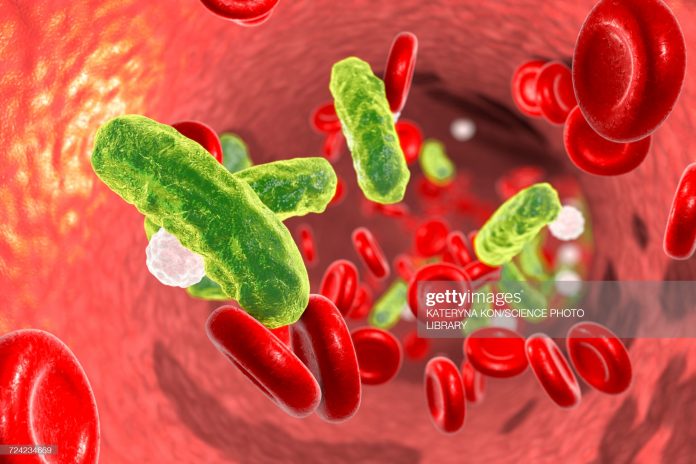
An artificial intelligence (AI) tool can predict wounds that will not heal after several months at the very first patient checkup, Australian research has shown.
The thermal imaging system performs textural analysis to determine which leg ulcers would not heal without specialist treatment.
Using spatial heat distribution in the wound, it was able to determine with 78% accuracy those venous leg ulcers that would not heal after 12 weeks.
The findings appear in the Nature publication Scientific Reports.
“Our new work that identifies chronic leg wounds during the first visit is a world-first achievement,” maintained investigator Dinesh Kant Kumar, PhD, a professor at the Royal Melbourne Institute of Technology.
“This means that specialized treatment for slow-healing leg ulcers can begin up to four weeks earlier than the current gold standard.”
Chronic wounds are a common global health issue, with the most common being leg ulcers in which the underlying cause is venous insufficiency.
A wound that heals normally will usually reduce in size by half within four weeks, but one in five do not follow this expected trajectory and may need extra interventions.
Current assessment can involve manually taking tracings of the wound size, typically after four weeks, which involves physical contact that can open up the risk of infection.
Previously, the researchers were able to use their AI system to determine hard-to-heal wounds that did not follow the normal healing trajectory at the second week after baseline assessment.
To see if they could improve on this further, they assessed 64 thermal images from 56 older patients with venous leg ulcers, which they divided into 70% training and 30% test data. Of these wounds, 17 healed by 12 weeks and 47 remained unhealed.
The team performed textural analysis on the ulcers before washing and dressing. From the pre-processed images, 19 textural features were automatically extracted using proprietary software and then grouped based on the 12-week presentation.
The features were analyzed and ranked based on the most significant differences between the groups. For example, one of the most prominent differences was the contrast in the thermal images, which was significantly higher in unhealed than healed wounds.
The top three textural features were then inputted into a Bayesian neural network to discriminate healed from unhealed wounds at 12 weeks.
Using the optimal Bayesian neural network, the classification results showed 78.57% sensitivity and 60.00% specificity.
“This method provides a quick, objective, noninvasive way to determine the wound-healing potential of chronic leg wounds that can be used by healthcare providers, irrespective of the setting,” said investigator Rajna Ogrin, PhD, a senior research fellow at Bolton Clarke Research Institute in Forest Hill, Victoria.
“This means specialized treatments, including advanced wound-cleaning techniques and therapies, can be implemented immediately for problematic leg wounds—up to four weeks earlier than the current gold standard.”













